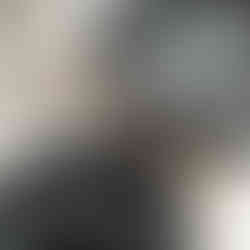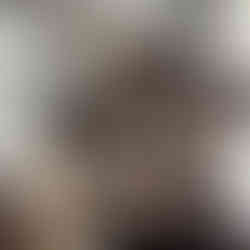Material, Process, and Poetic Form — A Journey into Jesmonite
- Art Center Caravel

- Apr 18
- 2 min read
At Art Center Caravel сraft store, we’re proud to present Flor de Lis, a fresh addition to our curated selection of handmade design. Behind the brand is Lisandra , an artist based in Madeira who works primarily with Jesmonite — a sustainable, water-based material that's just beginning to make its mark in the world of contemporary craft.
This is more than just a new product on the shelf — it feels like the beginning of something bigger. A new conversation between maker and material, between tradition and innovation. And we’re honored to be part of it.

You work primarily with Jesmonite. What drew you to this particular material?
What first caught my attention was that Jesmonite is water-based — that means no toxic fumes, no need for masks. I was genuinely curious about it. Once I started working with it, I realized how versatile and expressive it is. I didn’t want to stop.
How did you learn to work with Jesmonite, especially being based in Madeira?
That was actually one of the biggest challenges. There are almost no in-person courses on Jesmonite — and certainly none here on the island. The information available online is very basic. So I learned by doing. I spent months experimenting: testing, failing, sanding, breaking, starting over. That’s how I came to understand the material — through direct contact, through mistakes. It’s been a physical and intuitive process.
What’s special about Jesmonite for you as a visual artist?
It feels like a living material. It reacts to touch, to pigment, to temperature. There’s a softness to it, but also strength. You can get incredibly smooth finishes, or raw, textured surfaces. It allows me to play between form and surface in a very tactile way.
You come from an arts background — can you tell us more about that?
Yes, I studied Arts at university here in Madeira. But before returning to it, I went through very different chapters — I lived in the U.S. for a few months when I was 18, then in London for a year. After that, I worked in several areas, including retail, where I also learned a lot about design and visual language — how to place objects, how to create atmosphere. That shaped how I present my work today, for sure.
Do you consider your pieces decorative, sculptural, or something in between?
Somewhere in between. They are functional, yes — but I want them to carry more than function. I care a lot about the sensory experience. For me, it’s not just about the object, but about how it’s perceived: the texture, the color, even how it’s wrapped. I want the piece to speak to all five senses.
How do you approach form? Are your pieces planned or more intuitive?
It’s a mix. Some shapes are carefully sketched and tested, others emerge through repetition and play. Jesmonite teaches you patience — it makes you slow down. That rhythm becomes part of the creation.

What's next for you creatively?
Right now, I’m still deeply focused on refining my dialogue with the material. I’m exploring new pigments, new casting techniques, and larger-scale forms. I want to push Jesmonite further, but without losing the sense of closeness and hand-crafted intimacy that I care about so much.











Comments